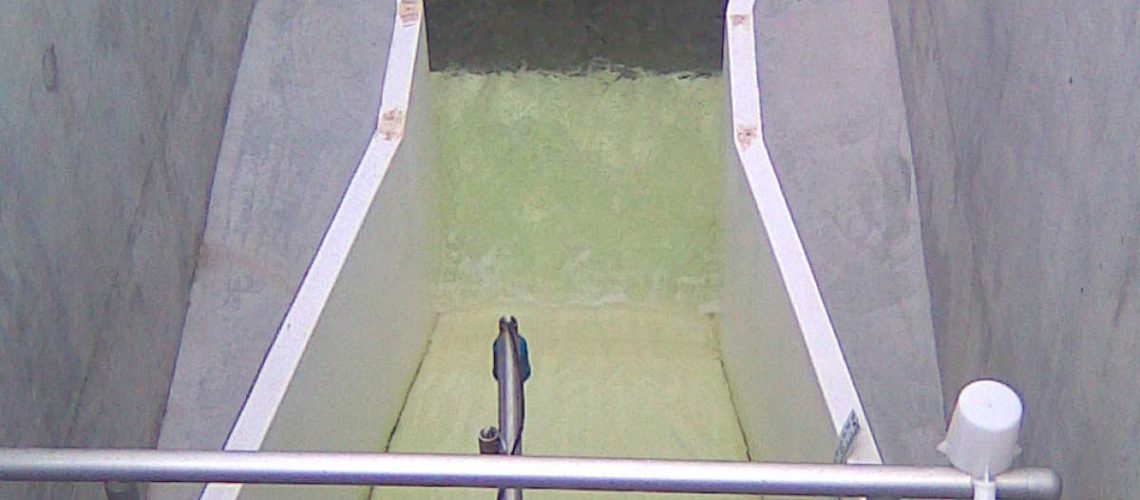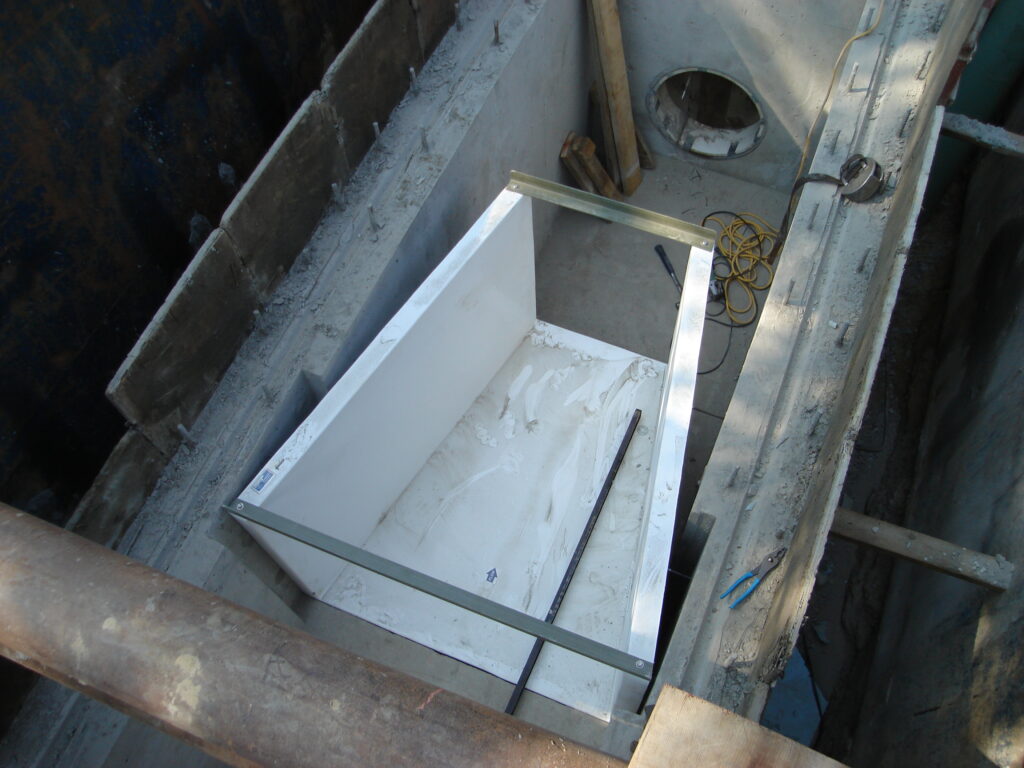When you’re using any kind of flume, how the discharge is handled is among the most important factors to consider. With Parshall flumes specifically, a free-spilling discharge is the preferred method, though not the only one available. To truly understand how Parshall flumes handle free-spilling discharge, you have to dive a bit deeper. Learn all about Parshall flumes and free-spilling discharge, and discover how it can help with a Parshall flume’s operation.
Parshall Flume Basics
To understand how Parshall flumes work with free-spilling discharge setups, it’s helpful to remember the basics. A Parshall flume works by accelerating subcritical flows into supercritical flows, allowing for a single point of measurement. With this singular measurement, you can use the accompanying equation to determine flow rate.
Most of the time, the flow is simply put back into the channel at the end of a Parshall flume. This kind of discharge is the opposite of free-spilling, but it still works for Parshall flumes. Free-spilling discharges, however, involve the flow falling into another body of water upon exiting the flume. Fortunately, this also works for Parshall flumes as long as the acceleration from subcritical to supercritical still occurs properly.
Fighting Submergence
Submergence is a common problem for Parshall flumes, though not due to the design of the flume itself. It happens mostly due to varying flow rates and downstream conditions. Specifically, submergence occurs when the downstream conditions halt the discharge by about 50% to 80% in a Parshall flume, depending on the size.
One of the easiest solutions to submergence is to utilize a free-spilling discharge system. When you position the flume above the downstream channel far enough, you don’t have to worry about the downstream conditions backing up the flow. This is one of the primary benefits of free-spilling discharge being used with a Parshall flume.
Montana Modification
If you have a free-spilling discharge setup, you may not even need to use a full Parshall flume. Without the need to prevent submergence within a flow channel, the throat and downstream sections of the flume are basically useless. That’s where the Montana modification can help. This spin on the typical Parshall design is much shorter, as the throat and downstream sections are simply removed.
The Montana flume is largely similar to the Parshall flume in terms of equations. The discharge tables and relationships are the same as those for the Parshall when comparing flumes of equal size. The shorter lay length can even be more convenient when it comes to installation. Keep in mind, however, that free-spilling discharge is an absolute necessity. Without that, a Montana flume is effectively useless.
Flumes From Tracom
With the relationship between Parshall flumes and free-spilling discharge in mind, it’s time to get a flume of your own. Whether you need a Parshall flume or its Montana modification, you can find it all at Tracom. We have a wide selection of flumes, but you can also work directly with our design team to make something unique and special for your open channel flow conditions. Contact us today to get started!



